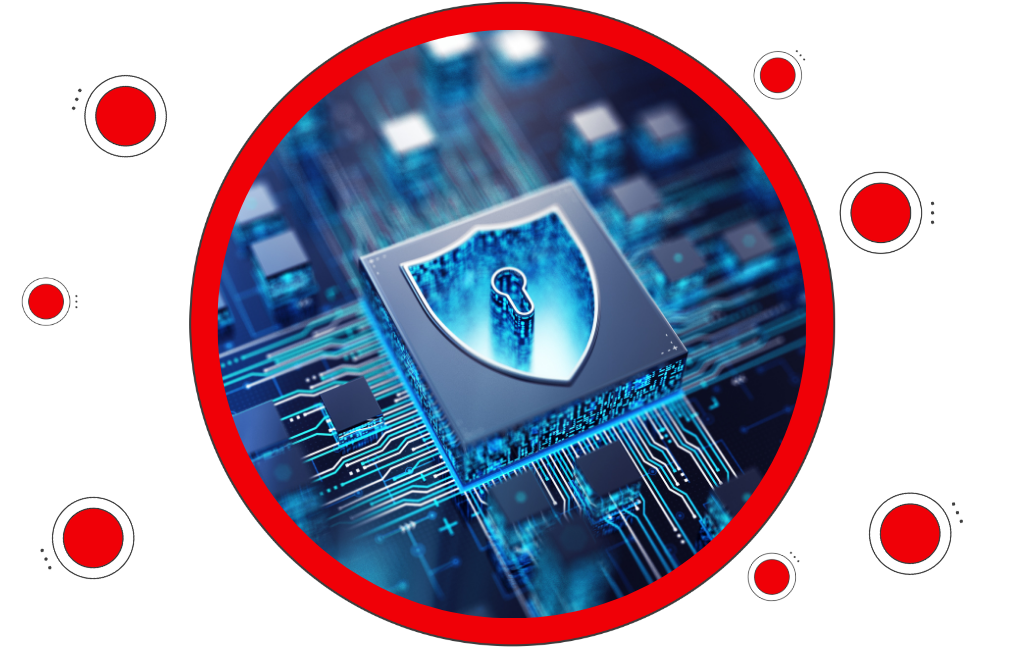CyberSecurity

CyberSecurity Solutions
Ensuring the security of digital assets and protecting against cyber threats.
To identify, assess, and manage cybersecurity risks across the organization.
Risk Assessment:
- | Conducting comprehensive assessments to identify potential security risks and vulnerabilities in IT infrastructure, applications, and processes.
Risk Management Frameworks:
- | Developing and implementing frameworks to systematically manage and mitigate identified risks, including risk prioritization and action plans.
Security Audits:
- | Performing regular security audits and reviews to evaluate the effectiveness of security measures and identify areas for improvement.
Business Impact Analysis:
- | Assessing the potential impact of security incidents on business operations and critical assets.
Incident Response Planning:
- | Creating and testing incident response plans to ensure swift and effective action in the event of a security breach.
To provide real-time threat detection and response capabilities to safeguard critical assets and data.
Threat Monitoring:
- | Implementing systems to continuously monitor for security threats, including malware, phishing, and other cyberattacks.
Threat Analysis:
- | Analyzing threat data to understand the nature, origin, and potential impact of threats.
Threat Hunting:
- | Proactively searching for signs of malicious activity within the organization's network and systems.
Incident Response:
- | Providing rapid response to detected threats, including containment, eradication, and recovery.
Threat Intelligence Sharing:
- | Collaborating with external entities and sharing threat intelligence to enhance collective security.
To ensure compliance with industry standards, regulations, and legal requirements.
Regulatory Compliance:
- | Helping organizations comply with relevant regulations, such as GDPR, HIPAA, PCI-DSS, and others.
Compliance Audits:
- | Conducting audits to assess compliance with security standards and regulatory requirements.
Policy Development:
- | Developing and implementing security policies and procedures that align with regulatory and industry standards.
Compliance Reporting:
- | Assisting with the preparation of compliance reports and documentation for regulatory bodies and stakeholders.
Training and Awareness:
- | Providing training and awareness programs to educate employees about compliance requirements and best practices.
To implement measures that safeguard sensitive data and ensure privacy.
Data Encryption:
- | Implementing encryption technologies to protect data in transit and at rest.
Data Loss Prevention (DLP):
- | Deploying DLP solutions to prevent unauthorized access, sharing, or leakage of sensitive data.
Identity and Access Management (IAM):
- | Managing user identities and access controls to ensure that only authorized individuals have access to critical systems and data.
Privacy Impact Assessments:
- | Conducting assessments to evaluate the impact of data processing activities on individual privacy.
Data Privacy Policies:
- | Developing and implementing policies that govern data collection, processing, and storage, ensuring compliance with privacy laws and regulations.
